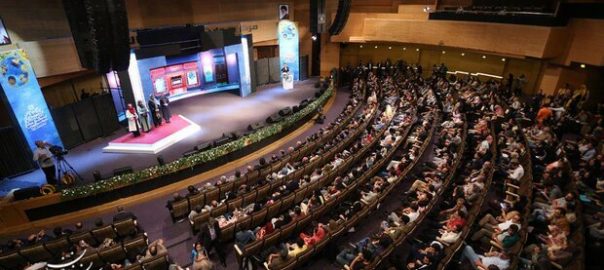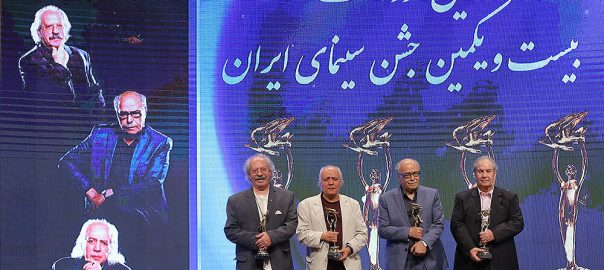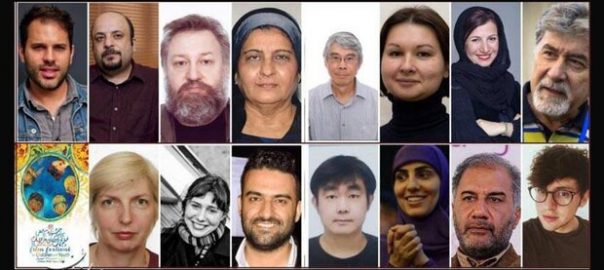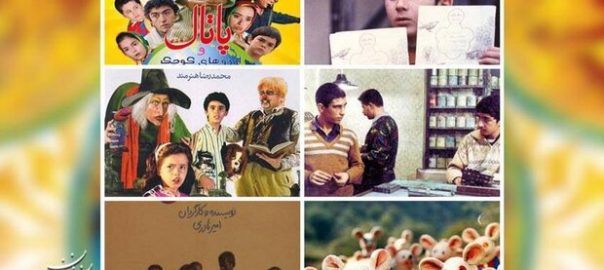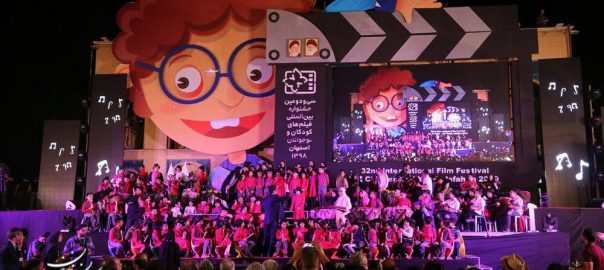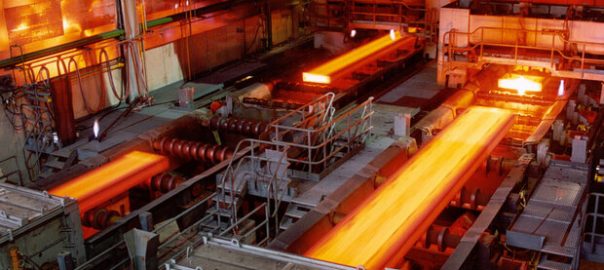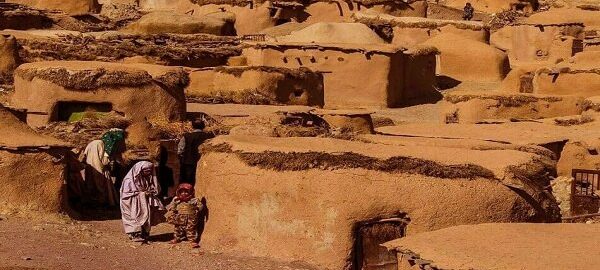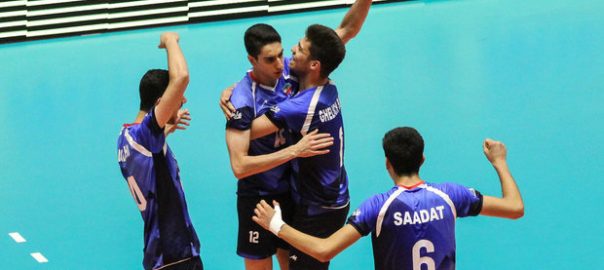The 32nd edition of the International Film Festival for Children and Youth (IFFCY) was wrapped up on Monday evening with award ceremony after seven year of screening.
The ceremony, held in cinema complex of Isfahan’s City Center was attended by several prominent political, cultural and local figures.
Intercultural Dialogue is the message of IFFCY
Isfahan’s Mayor Qodratollah Norouzi was the first speaker of the ceremony. He said that the poster of the festival depicts five children from five continents, and this shows the importance of dialogue among nations and races.
The mayor added that envoys from 28 countries of the world have come to the IFFCY to talk and communicate with each other. He also highlighted the memoranda of understanding signed among Iran, Russia and South Korea on festival cooperation, and between Iran and Iraq on cinema and filmmaking issues.
Referring to the social achievements of the festival, Nowruzi said that the sense of responsibility, cooperation, and friendship were strengthened by the gathering
Golden Butterflies of IFFCY International Section
The Best Film of the international section of the IFFCY was “Hacker” by Signe Leick Jensen and Morten Kaufmann. The Golden Butterfly for the Best Animation was given to “Jacob, Mimi and the Talking Dogs”, produced by Sabine Andersone. The prize for the Best Short Animation went to “Cloudy” produced by Filip Diviak.
“Marine Boy” produced by Abbas Jalali-Yekta was announced as the Best Short Film, the script of “The Little Witch” received the Golden Butterfly written by Matthias Pacht.
Mahdi Jafari, director of “The 23” received the prize for the Best Director, and “Bille”, produced by Janis Juhnevics, won the prize for the Best Feature.
The Special Award of the Jury went to the “Chuskit” , directed and produced by Priya Ramassuban.
In the CIFEJ Award section, the jury awarded the special prize to “The Falcons” jointly produced by Anna Vigdis Gísladóttir and Thorhallur Gunnarsson.
Veteran IFFCY director honored
At the ceremony, also, Alireza Rezadad was honored for years of managing the festival, as well as his great contribution to the cinema of Iran, particularly in the field of children and young adults.
In his appreciation, a clip was screened in which several prominent Iranian filmmakers complimented him for his role over the past years.
Rezadad directed six editions of the festival, and is now senior adviser at Cinema Organization of Iran.
In his short speech, he underscored the social responsibility of the filmmakers in the field of children, and said he would like to extend the diploma of appreciation to those who have been making much effort to relieve the suffering of children in the flood-hit areas.
Children lead adults to humanitarian cinema
In another part of the ceremony, Iran’s Minister of Culture Abbas Salehi addressed the audience. He said that these are children and the youth who can make us closer to a humanitarian cinema.
“The cinema for children provides us with numerous opportunities, including innocent imaginations, enjoying films along with family, and having a social cinema,” he said.
He noted that in the last Persian year (March 21, 2018-March 20, 2019) 15 films were screened in Iran’s cinemas, and one of the top 10 best seller films belonged to the children genre.
Gloden Butterflies of the IFFCY national section
In the National Section of the festival, the Golden Butterfly of the festival for the best script was awarded to the film “The 23” written by Mahdi Jafari. Alireza Akbari won the Golden Butterfly for acting in the “No-Fly Zone”.
The prize for the Best Director went to Amir-Hossein Ghahraiee who made the film “Bazivou”.
“The 23” also claimed the Golden Butterfly for the Best Film produced by Mojtaba Faravardeh.
The Jury’s Golden Butterfly was awarded to Behrouz Rashad for producing the film “That Night’s Train”.
Foreign films fruits of Iran’s cultural diplomacy
Abbas Rezaie, Governor of Isfahan Province in the ceremony said that the presence of foreign films from 27 countries along with Iranian films indicates that the country’s cultural diplomacy has been successful.
He added that the city of Isfahan has played a big role in the richness of Iran’s culture and art in the history, and the 32nd edition of the festival witnesses to the claim.
The governor also praised the 32nd edition of the festival for understanding the social responsibilities, planning to include labor and disabled children, and taking portable cinemas to 123 areas of Iran, including the flood-stricken and less privileged regions in Isfahan.
Head of United Nation’s Children Fund (UNICEF) in Iran Mandeep O’brien, Cinema Organization of Iran Hossein Entezami, Director of the 32nd edition of the festival Alireza Tabesh, Mayor of Isfahan Qodratollah Nowruzi, General Director of Isfahan’s Culture Directorate Mohammad-Ali Ansari, Iran’s Vice-President for Women and Family Affairs Massoumeh Ebtekar and several acclaimed Iranian filmmakers, actors and actresses also attended the ceremony.
The festival, where more than 180 films were screened, was officially inaugurated on August 19. It hosted some 80 foreign guests from 27 countries. / MNA/


